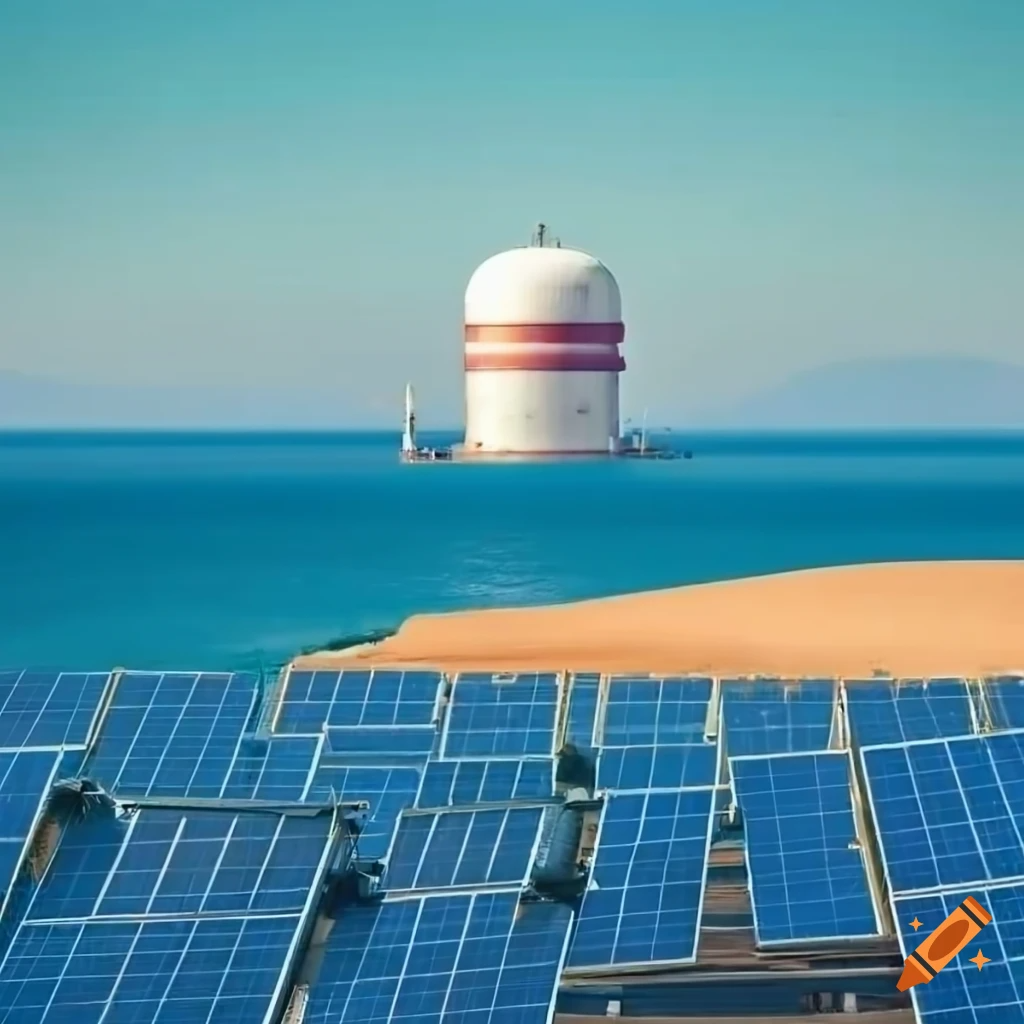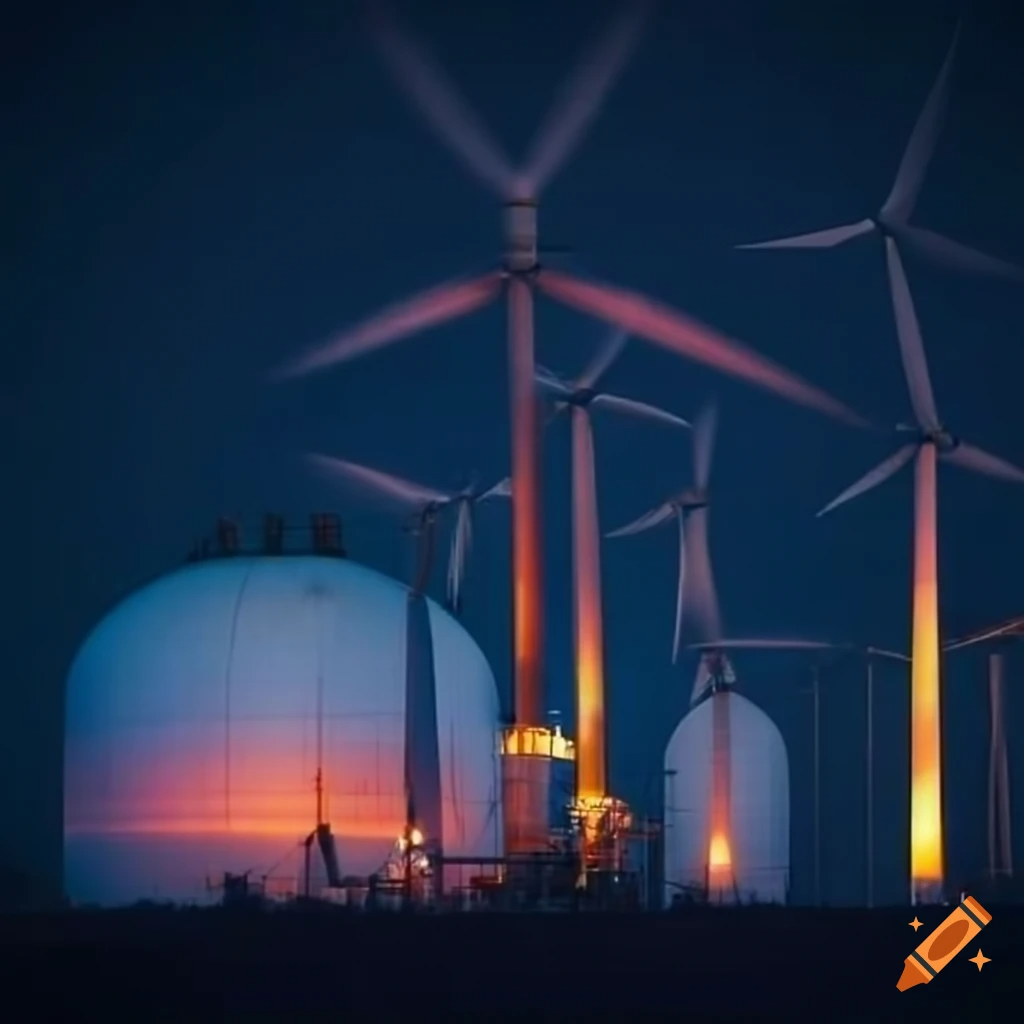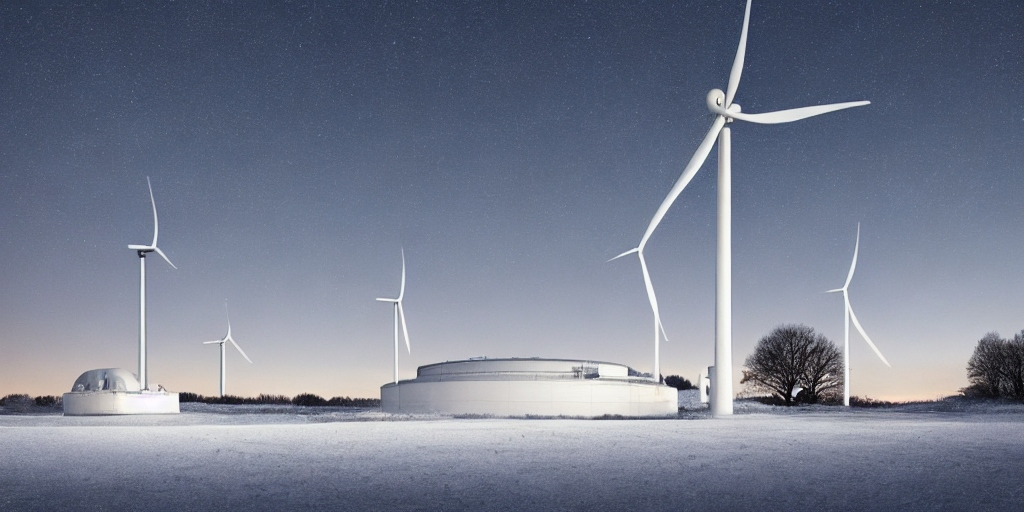For years, whenever I went to an event talking about electric vehicles, there would always be some chap jabbing his finger and saying, “Yes, but where’s all the lithium going to come from, eh?” I’m sure you’ve met the same type of guy (and it is always a man).

It’s a fair question, but the way it was asked tended to undermine the argument. It was always obvious that this was someone desperate for the EV lobby to be proved wrong, so I had to suspect whatever they said was guided by motivated reasoning. History makes the ‘we’re running out’ argument just feel like crying wolf – Limits to Growth never happened, Peak Oil never happened, we’ve been here before surely?
“… the age of electricity and of copper will be short. At the intense rate of production that must come, the copper supply of the world will last hardly a score of years. … Our civilization based on electrical power will dwindle and die.”
Copper mining expert Ira Joralemon, in 1924
Now, however, the argument seems a little harder to dismiss. Every few days I see a new article or report about the coming supply crunch for the various metals needed in EVs (and solar panels, and wind turbines, and everything else electric).
Most recently I saw a presentation using copper as an example – it’s the third most used metal in industry, after iron and aluminium, and of course it’s used in everything electrical. It’s easy to paint a pretty dire picture, using reports from mainstream sources like the International Energy Agency and S&P Global. Inventories are down, we’re having to process ores of steadily lower quality, and new mines take over 10 years from discovery to production.
But again, we have been here before. Wikipeadia points out that in 1924 geologist and copper-mining expert Ira Joralemon warned: “… the age of electricity and of copper will be short. At the intense rate of production that must come, the copper supply of the world will last hardly a score of years. … Our civilization based on electrical power will dwindle and die.”
So what are we to conclude? Without pretending to be a minerals expert, here’s what I think we need to take away:
First, in the long term, metal shortages won’t stop the move towards electrification of society. We’ll find new metal deposits (astonishingly I just read that only 40% of US territory has been geologically mapped in detail). We’ll make more of our wiring out of aluminium, we’ll commercialise different battery chemistries. We’ll do things that nobody has thought of as yet.
Second, in the short term, prices will go up. It’s fair to say that we’ve left tackling climate change to the eleventh hour, and so we have ridiculously steep targets to reduce emissions. Transforming our energy system in a matter of just a decade is going to bump up against the timelines to build new mines or take a new type of battery from the university lab to the car showroom. We’re already seeing battery prices increase after decades of falling.
Third, we (obviously) need to be as efficient as possible in our use of energy and resources – and those high prices will help force this. In the case of transport, it means that SUVs are still a bad idea, even if they’re fully electric. We may want to re-examine the case for plug-in hybrids vs fully electric – more on that in a future post. And we will need diverse strategies – a variety of low carbon liquid fuels, travel demand management, modal shift, i.e. every tool in the box.
Finally, there will be winners and losers, and we are probably right to worry about the destabilising effect of that on global politics. It’s true that China currently processes a huge proportion of many of the key metals. It is unfortunate that this supply deficit is looming just as governments around the world are backing off from globalisation and returning to national interest and protectionism.
It is worrying that in pushing for domestic resource extraction, the US and Europe may well prioritise this strategic interest over nature, indigenous communities and clean air and water. And in countries with less stable institutions, concentrated mineral wealth historically does more harm than good, propping up corrupt and authoritarian regimes.
To end on a slightly more optimistic note, our response to the pandemic has proved that technological developments that used to take 10 years can happen in two, if there’s the will. Let’s hope that applies to new types of battery, motor or mining techniques as well as vaccines.



